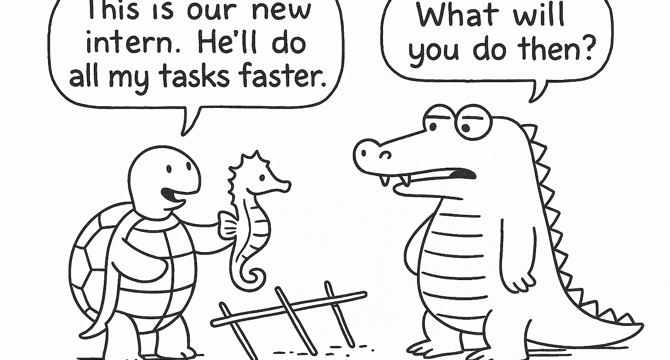Medium
7d
158

Image Credit: Medium
AI Is Not the End of Product Thinking. It’s a Wake-Up Call.
- Classical product frameworks like funnels, flows, and personas are limited when faced with the chaos of real human behavior that AI has revealed.
- AI has uncovered the complexity and unpredictability of user behavior, highlighting the need for new approaches in product design.
- Shift from defining users to understanding their emotional, cognitive, and behavioral movements in real-time to create adaptive systems.
- Proposes treating products as state machines that respond, adapt, predict, and learn based on user states and behaviors.
- AI tools enable PMs to build responsiveness by inferring user states, suggesting personalized actions, detecting shifts, and running micro-experiments.
- Emphasizes the importance of observing user behavior in real-time over traditional planning methods in dynamic systems.
- Utilizing AI for emotional precision, timing, and trust in product design to create a more engaging and alive user experience.
- Measuring the health of the system and the emergence of new user behaviors is prioritized over conventional product metrics.
- Moving towards orchestrating evolving systems rather than optimizing individual features, emphasizing coherence over control.
- AI challenges product thinking by necessitating a shift from speed to structure and from optimization to orchestration.
Read Full Article
9 Likes
For uninterrupted reading, download the app